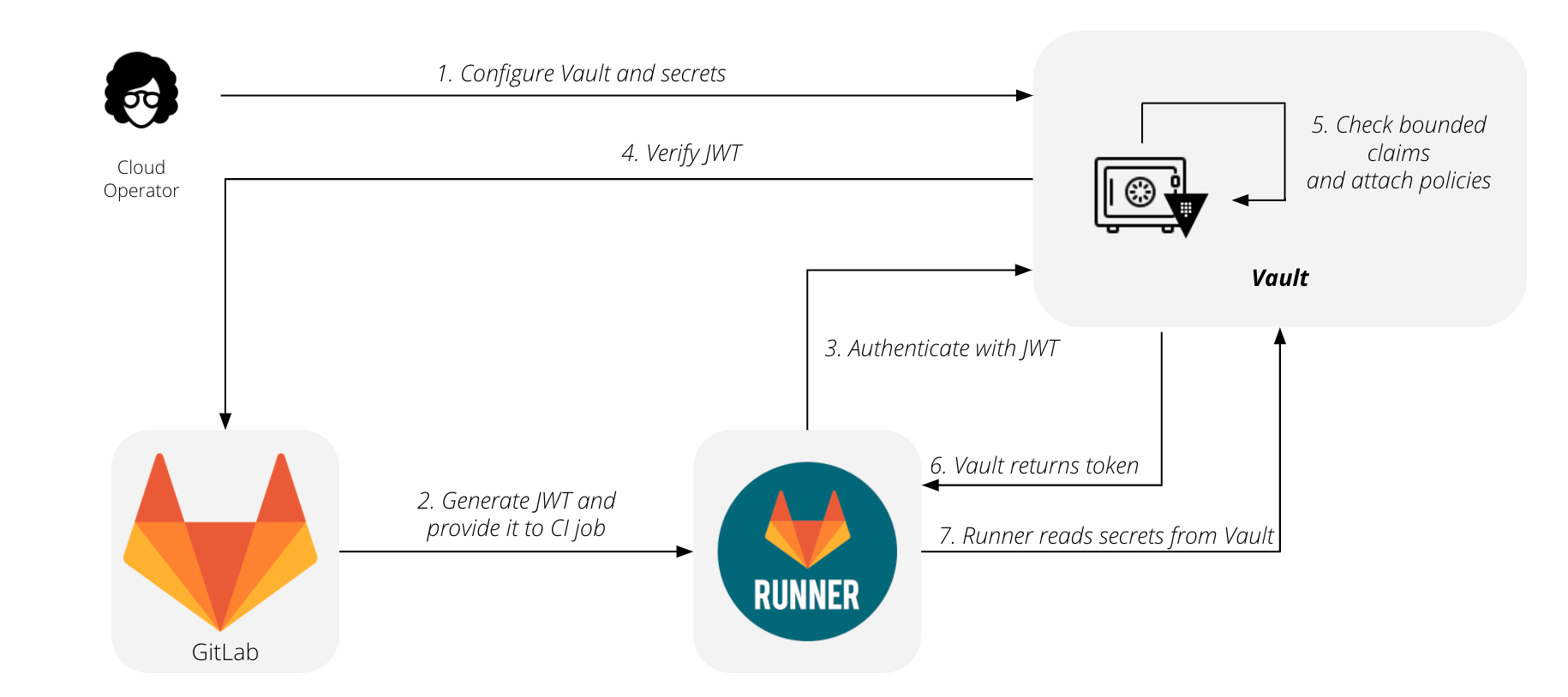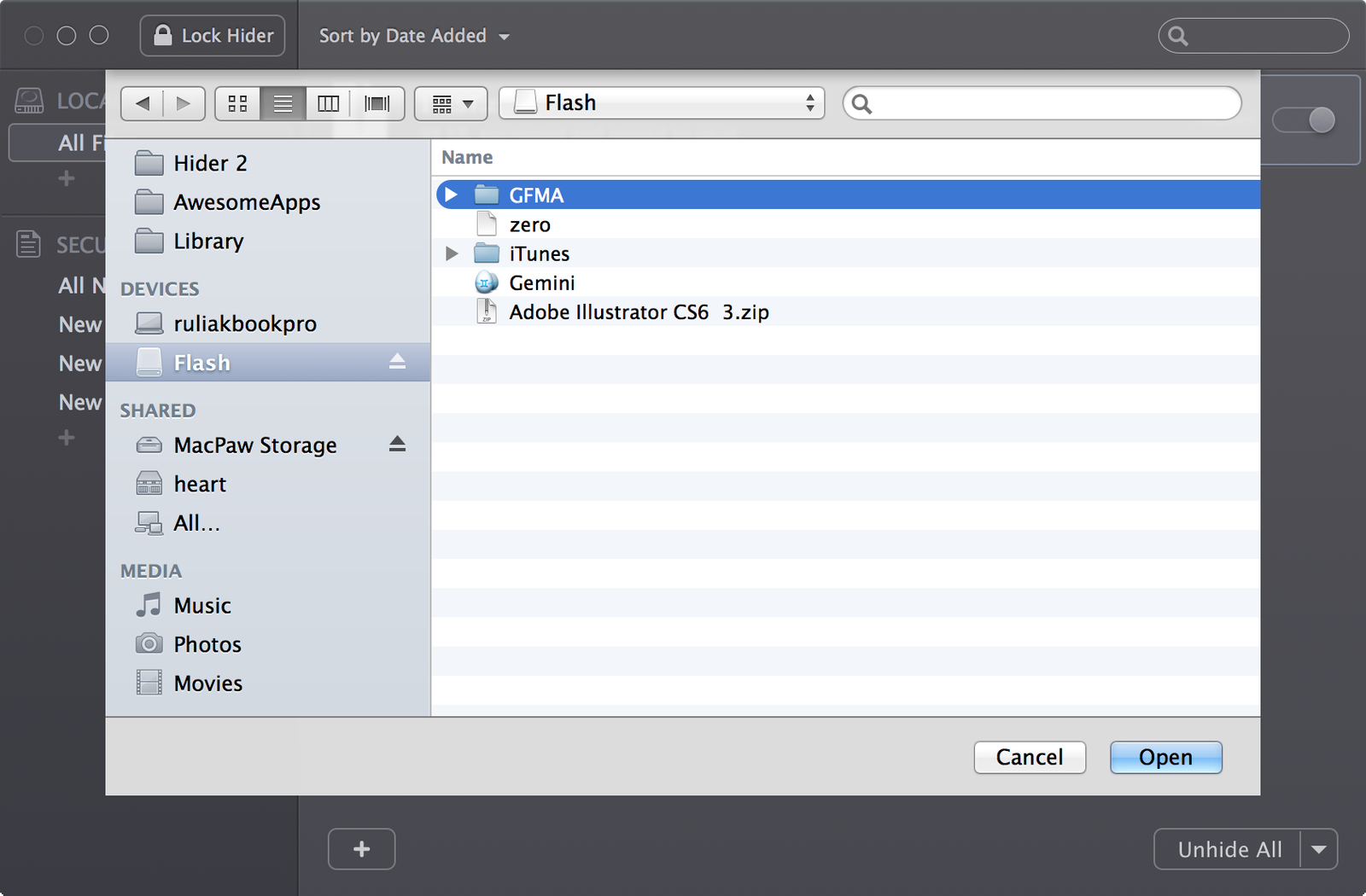

To identify between these different revisions of an Item, a revision identifier (ID) is used, which in combination with the Item ID creates a unique identifier for each release of an Item. The data stored in each revision of an item is therefore typically different.

A change is made and the new data content is committed/uploaded/released into a new revision. Each time a change is made to the data contained within a revision - which for most Item types can be edited directly within an associated temporary editor - it is committed (or re-released) into a new revision of that Item, ensuring that no existing revision can ever be overwritten, and thereby ensuring the highest integrity.Īn Item can have any number of revisions, which are essentially an evolution of that Item over time. An Item is uniquely identified within the vault and can contain any number of Revisions, where a revision contains the data for that Item. Within an Altium Vault, each design entity that can be stored, managed, and reused, is represented as a specific type of Item. And by designing only with elements from a vault - vault-driven electronics design as it were - the integrity of those designs is inherently assured. The vault becomes both the source and destination of design elements, with each new design utilizing elements realeased to, and managed through, the vault. You can even control the working environments of your designers - ensuring that company-wide design standards are enforced and adhered to.īy furnishing a set of resuable design 'building blocks' within an Altium Vault, you can embark on fresh projects safe in the knowledge that each model, component, and higher-order design element has been ratified and approved for use, with no having to reinvent the wheel as it were. Indeed, you can even create and manage your entire design projects directly within the vault, with the additional benefit of collaboration support, meaning an entire team can work concurrently on the same board design - even annotating the design with comments. This includes the release of component definitions, domain models, schematic sheets of circuitry and design templates. It is also used to manage all other sets of data obtained from the Design Area through the running of specific release processes. It also caters for the lifecycle of the data to be managed, allowing people that need to use the data to see, at-a-glance, what stage the data has reached in its 'life' and therefore what it can be safely used for.īut an Altium Vault is used to store so much more than just the data generated from a board design. An Altium Vault not only provides rock-solid, secure storage of data, but also enables re-release of data as distinctly separate revisions - essentially tracking design changes over time, without overwriting any previously released data. A distinct design solution in its own right, an Altium Vault works in harmony with Altium Designer to provide an elegant answer to the question of handling design data with secured integrity. Altium's Vault technology provides the foundation for Altium's Design Data Management solution.


 0 kommentar(er)
0 kommentar(er)
